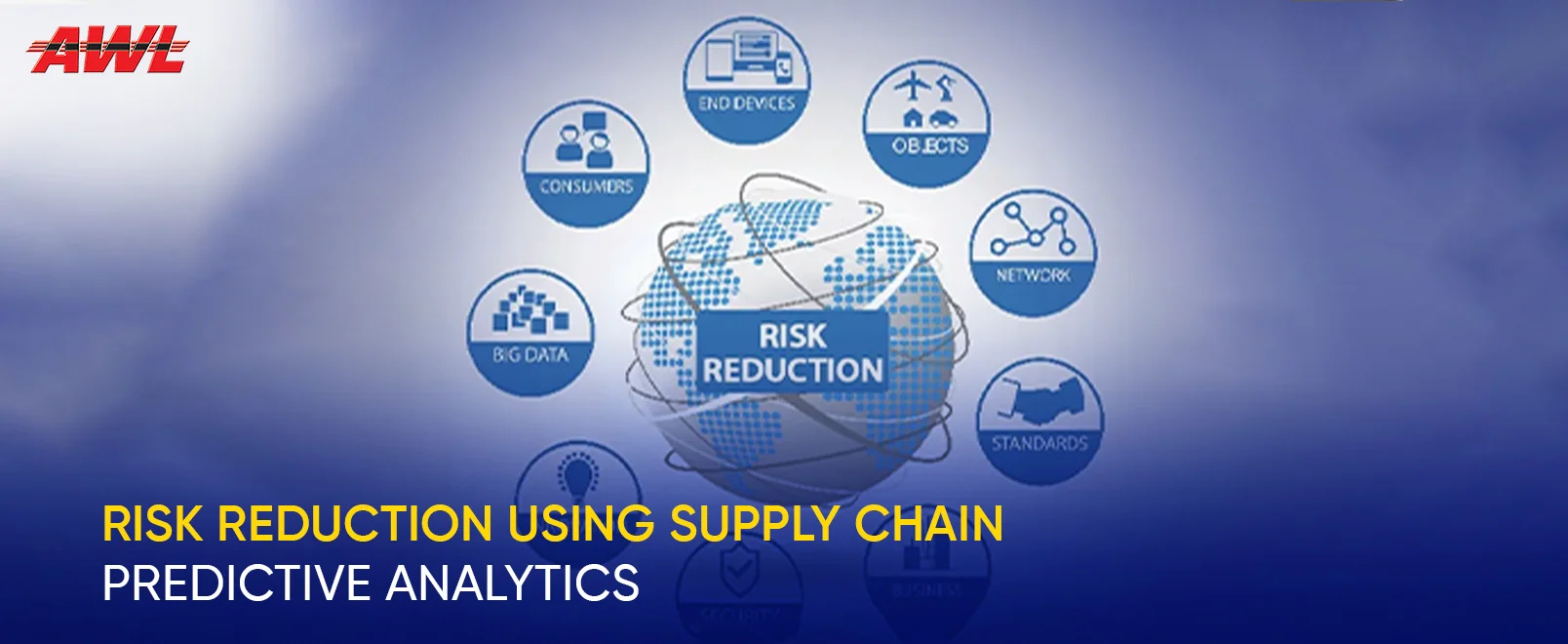

Supply Chain Predictive Analytics
As the name suggests, predictive analytics predicts future trends like exchange rates, sales demand, and other supply chain metrics. This method relies on the application of statistical modeling and regression analysis to historical data to identify and understand trends and shape future trends. These techniques are not new, as they have been used since the advent of computers.
What has changed is the ability of computers to quickly analyze large amounts of data, and advanced data mining techniques. These techniques help to analyze structured and unstructured data. Predictive analytics uses the theory of probability to determine what might happen based on patterns and trends identified by analyzing historical data. The availability of data may be a result of the digitization and application of previous digital technologies. Nearly every industry has implemented or plans to implement predictive analytics to some degree.
Predictive supply chain analytics is best defined as the ability to use data to predict future supply chain operations of companies to bring their products or services to the end consumer. Suppliers, manufacturers, and retailers come in contact with the product, including the companies responsible for supplying key parts to the manufacturer.
Customer satisfaction is closely related to how well companies can meet their commitments. Delayed, damaged, or incomplete shipments bode well for customer loyalty. An effective supply chain requires everyone to do their part. The sooner a company can sense threats and the clearer they are based on its ability to deliver on its promises, the more time it will have to take action to avoid or mitigate that risk.
Supply Chain Predictive Analytics and Risk Management
It is no longer enough to consider the supply chain as a collection of tangible assets and associated liabilities that need to be managed and secured. Increasing risk requires a comprehensive risk management program that focuses on the tangible and intangible assets of the organization within the operational functions. This approach allows supply chain managers to better differentiate between competing priorities for process profitability and controlled exposure to risk in the company.
A complete supply chain risk management strategy including multiple predictive analytics tools to measure and manage risk is now a central component of any successful business, and often transcends their supply chain and encompasses all the organization's core activities.
Today's predictive analytics is quickly becoming a tool for identifying key trends, patterns, and potential disruptions in supply chains, as well as a means of protecting the company's most valuable assets while creating complex risk mitigation models.
An effective supply chain risk management strategy involves identifying and prioritizing business-critical components, mapping the entire supply chain to identify interdependencies, and identifying potential supply chain issues - areas of the supply chain that can lead to disruption. Interfering with the production or distribution of materials can result in reduced sales, reduced sales, reduced profits, lost profits, and damage to your reputation in the market.
Effective incident reduction requires careful risk analysis at every point of origin, an intermediate point, and a transport hub. This way, managers can see all the key areas that could be affected and determine how best to allocate resources to protect against vulnerabilities.
Supply Chain Predictive Analytics and Logistics
Predictive analytics is no longer a useful addition to logistics in industries where time and resources can affect a company's bottom line. Today's logistics market is more demanding than ever, and supply chain industries are expected to easily adapt to delivery models and predict buying behavior, ensuring timely delivery on the most efficient routes and minimizing risks.
However, predictive analytics is helping logistics and supply chain companies meet these growing needs. Logistics companies have identified predictive analytics that will have the best impact on supply chains this decade.
So what is predictive analytics, and why is it so important in logistics and supply chain? Predictive models use historical and transactional data to identify patterns of risk and opportunity in a specific set of conditions, helping to guide decision-makers and predict a specific future.
A forecasting solution can meet a wide range of needs, but is most valuable when tailored to a specific type of activity and based on a set of rules and constraints set up for that specific activity. These solutions can benefit at different levels, from a single warehouse to the entire supply chain.
What Risk Predictive Analytics Detects
Predictive supply chain analysis sheds light on what can happen under certain conditions. In the logistics sector, predictive analytics are great for analyzing the likelihood and potential impact of the following factors:
Forecast - Anyone can prepare weeks or even months ahead of time to plan inventory and shipping based on customer needs and buying behavior, ensuring less waste and on-time delivery, and deciding to act proactively. This approach can also provide asset rebalancing across any logistics network at a minimal cost.
Unexpected Conditions - Industries can be better prepared for short-term behavioral changes affecting logistics and supply chains, such as news, weather, stock-outs, and product promotions. By using predictive analytics models to detect unexpected conditions, they can better tailor supply and inventory to respond to time-sensitive and specific situation changes in routes or inventory.
Transportation Management Systems - Logistics providers mainly rely on transportation management systems to track and manage shipments and delivery times. With predictive analytics, many transportation management systems can now predict future disruptions before they happen and help logistics companies manage their operations proactively rather than reacting. New information on seasonal and projected purchasing patterns to help suppliers make better-informed decisions.
Last-Mile Delivery - This tricky last-mile delivery issue is another area where predictive analytics can make a big difference. Carbon dioxide emissions from freight transport account for 30% of all transport-related carbon emissions from combustion. But with predictive analytics solutions in the areas of route optimization, robotics, and pre-transportation, real and measurable improvements in sustainability can be achieved at the last minute.
Supply Chain Predictive Analytics and Decision-Making
Data that can be discovered and analyzed with new predictive supply chain analytics is a powerful tool for the stakeholders. Supply chain predictive analysis can depict the potential risks at any point. This way, stakeholders can find a way to minimize disruptions, costs, and delays. The stakeholders will have real, accurate, and reliable data that can be viewed in real-time or a few days later.
Even when the risks cannot be avoided, companies are better able to keep their customers informed with actual data to set expectations and deliver good customer service. Through the analysis, companies can keep the customers informed with real-time data and can reach the expectations of the customers.

AWL India
Owner